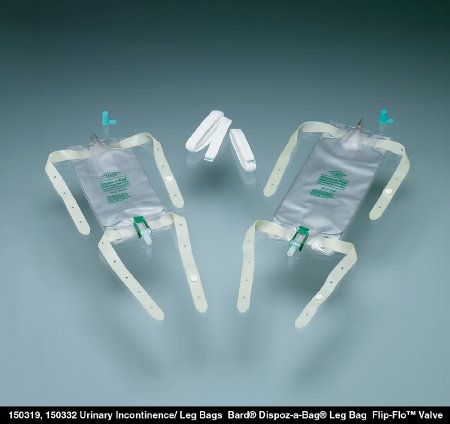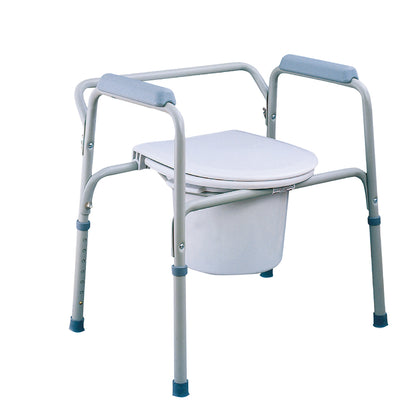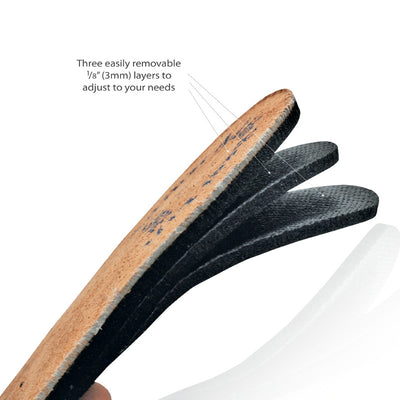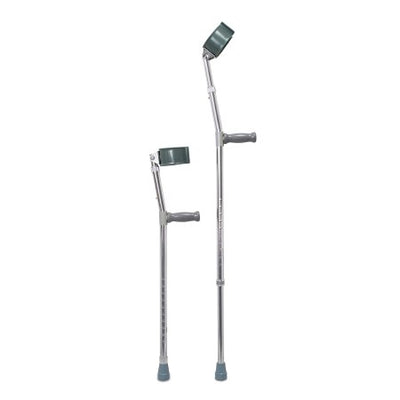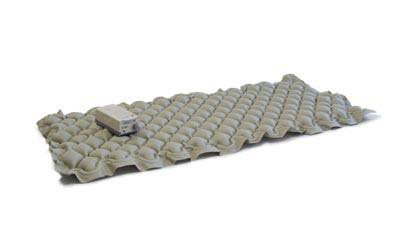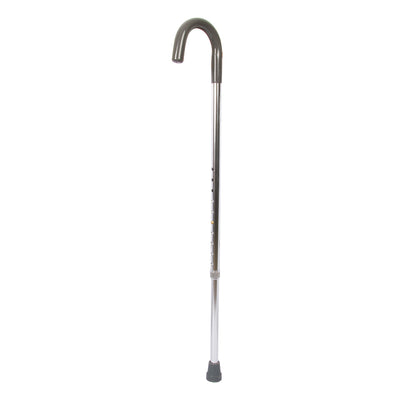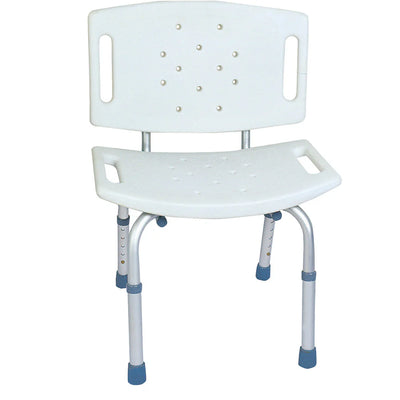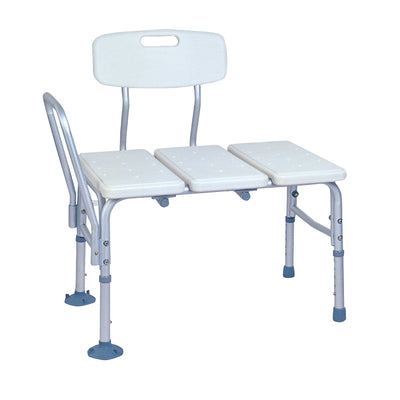Peyronie's Disease: What it is and When to Take it Seriously
Every year, thousands of men are diagnosed with Peyronie's Disease. Although for some men the symptoms of the condition are more aesthetic than functional, in more severe cases Peyronie's Disease can cause significant discomfort and have a negative impact on quality of life.
Here we discuss what Peyronie's Disease is, list the symptoms that men with Peyronie's Disease may experience, and suggest when it's important to seek medical attention for the condition.
What is Peyronie's Disease?
The condition is characterized by a buildup of thick scar tissue that develops on the shaft of the penis. In some men it's caused by repeated damage to the penis, for example, frequent bouts of vigorous sex, taking part in sports, or suffering other forms of repeated trauma. In other men there is no obvious trigger that's caused the condition - experts suspect that age, heredity, and some health conditions (for example connective tissue disorders) may increase the likelihood of developing Peyronie's Disease.
What are the Symptoms of Peyronie's Disease?
Some of the symptoms that men suffering from Peyronie's Disease may experience include:
- the development of a curve or bend in the penis.
- lumps or ridges on the shaft of the penis, that can be felt below the skin.
- shortening of the penis.
- a change in penis shape, such as constrictions at one or more points along the shaft.
- pain in the penis - this may be related to maintaining an erection or may occur when the penis is flaccid.
- difficulty in maintaining an erection (erectile dysfunction).
Note that penises come in all shapes and sizes - for some men, a bend in the penis is completely normal, as is a shorter penis. Peyronie's Disease is characterized by a penis that changes shape, as well as pain.
Usually, the symptoms will stabilize within a year of initially developing. A good proportion of sufferers discover that any pain they may have that's associated with the condition disappears within a couple of years of the condition developing. Unfortunately, the deformities associated with Peyronie's Disease will remain.
When Should I Seek Medical Attention for Peyronie's Disease?
If you notice any changes in your penis's shape or size, or experience pain and/or erectile dysfunction problems, it's important to seek medical attention if the problems persist.
Many of the symptoms of Peyronie's Disease are also symptoms of other disorders. It's important that your medical provider is able to eliminate other conditions in order to make the Peyronie's Disease diagnosis.
Although unpleasant for some sufferers, Peyronie's Disease isn't life-threatening. In many cases, the condition will stabilize in time, and any pain and/or erectile dysfunction due to Peyronie's will be resolved.
Once you've got a diagnosis, in most cases the condition can be treated conservatively by avoiding activities that damage the penis (and may make the problem worse), and taking painkillers if necessary.
Your doctor should monitor the condition regularly - if symptoms get worse, or are causing significant misery, your healthcare provider will discuss additional treatment options.








